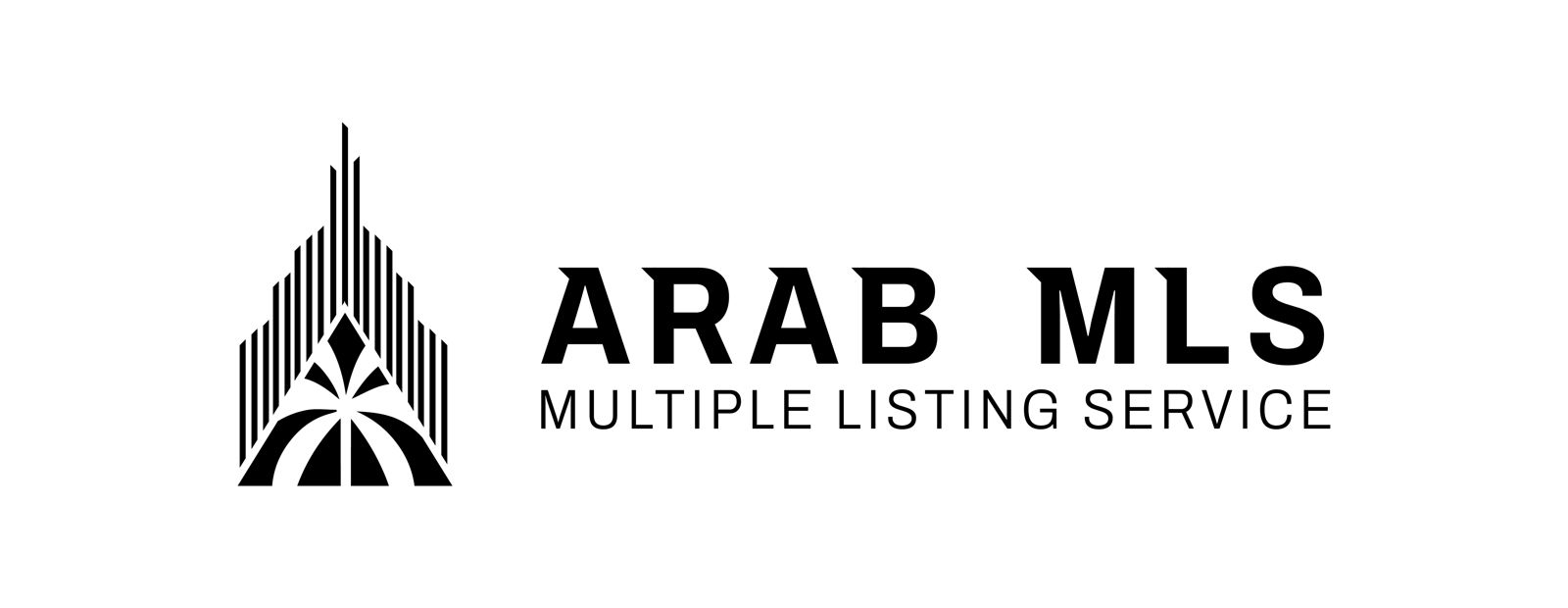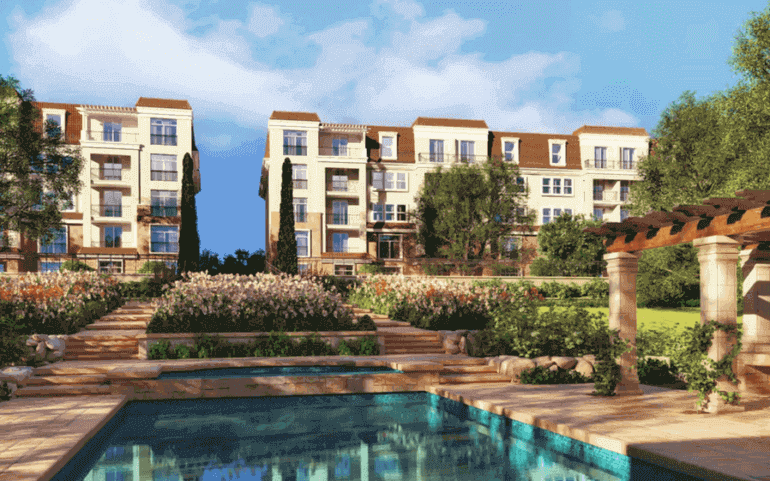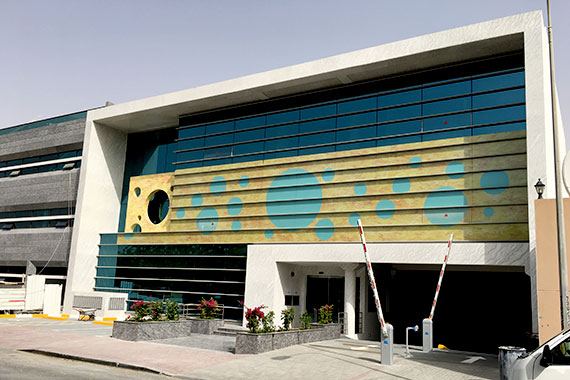Understanding Rental Yield
Rental yield measures the return on investment (ROI) a property owner can expect from renting out their property. It is calculated as a percentage of the property’s value and is determined by dividing the annual rental income by its value.
Here are some key points to understand about rental yield:
- Rental yield is a crucial metric for real estate investors, as it indicates a property’s potential return on investment.
- There are different types of rental yield, including gross rental yield and net rental yield. While net rental yield takes upkeep, taxes, and insurance into account, gross rental yield is computed by dividing the annual rent by the property’s value.
- Gross rental yield is a valuable starting point for understanding a property’s potential return on investment. Still, it should be one of many factors considered when making investment decisions.
- Rental yield can vary depending on different aspects, including the property’s location, the size and type of property, and the current state of the real estate market.
- In Qatar, rental yields have historically been high due to a strong demand for rental properties and a limited housing supply. However, rental yields can fluctuate depending on market conditions, so investors need to monitor market trends and adjust their investment strategies accordingly.
Investors can make more accurate projections about a given property’s potential return on investment by considering factors such as location, property type, and market conditions.

Qatar’s Real Estate Overview
Historical Market Trends
- Qatar’s real estate market has proliferated in recent years, with a significant increase in house prices and transaction volume.
- The Pearl, West Bay, and Lusail are some of Qatar’s most popular areas for real estate investment.
- The residential sales transactions in Qatar have increased steadily, with 5,115 transactions in 2022.
- The real estate market in Qatar experienced a surge in demand during the 2022 FIFA World Cup, which boosted the country’s economy.
Impact of Global Events
- The COVID-19 pandemic harmed Qatar’s real estate market, delaying or canceling many residential projects.
- Despite the pandemic, Qatar’s GDP grew to 4.1% in 2022, up from 1.5% in 2021, partly due to the World Cup.
- Inflation eased to 2.6% in May 2022, and Qatar’s GDP growth for 2023 is expected to fall to 2.6% following growth of 4.1% in 2022.
- Gross rental yields in Qatar stand at 5.50% (Q3, 2023), with net yields typically around 1.5% to 2% lower.
Qatar’s real estate market has been growing steadily, with some fluctuations due to global events such as the COVID-19 pandemic and the World Cup. Despite these challenges, the market remains attractive for investors, with high rental yields and promising growth potential.
Calculating Rental Yields in Qatar
Calculating rental yields is an important aspect of investing in real estate. In Qatar, rental yields can be calculated using the following formula:
Gross Rental Yield = (Annual Rent / Property Price) x 100
This formula calculates the gross rental yield, which is the total income generated by the property before any expenses are deducted. It is important to note that the gross rental yield does not consider costs such as taxes, repairs, and management fees.
Gross vs. Net Yield
It is essential to understand the difference between gross and net rental yield. Gross rental yield is the property’s total income before any expenses are deducted, while net rental yield considers the costs associated with the property.
Net Rental Yield = (Annual Rent – Annual Expenses) / Property Price x 100
Factors Affecting Yields
Several factors can affect rental yields in Qatar. These include:
- Demand and supply: The demand for rental properties and the supply of available properties can affect rental yields. When demand is high, and supply is low, rental yields tend to be higher.
- Location: Another factor that may impact rental yields is the property’s location. Rental returns on properties in favorable locations are often greater than those in less desirable ones.
- Property type: Rental yields may also be impacted by a property’s kind. For instance, rental returns for flats are often greater than those for villas.
- Prices and costs: The property price and the cost of maintaining the property can also affect rental yields. Higher property prices and maintenance costs can lower rental yields.
- SQM prices: The price per square meter can also affect rental yields. Higher SQM prices can lead to higher rental yields.
Investors should consider buying properties in high-demand areas with lower maintenance costs and reasonable prices to maximize rental yields.

Current Rental Yields by Region
Doha and Surrounding Areas
According to the Global Property Guide, Qatar’s average gross rental yield is 5.50% as of Q3 2023. However, net yields are typically around 1.5% to 2% lower after taxes, repair costs, and other expenses are factored in. Rental yields in Doha, the capital city of Qatar, can vary depending on the specific area. Below are some of the rental yields for various areas in Doha and surrounding regions:
- The Pearl: Rental yields in The Pearl, an artificial island off the coast of Doha, are among the highest in the country. Gross rental yields in The Pearl can range from 6.5% to 7.5%, making it an attractive area for real estate investors.
- West Bay: West Bay is a commercial district in Doha home to many high-rise buildings. Rental yields in West Bay are typically lower than in The Pearl, ranging from 4.5% to 5.5%.
- Fereej Bin Mahmoud: Fereej Bin Mahmoud is a residential area in central Doha. Rental yields in this area can range from 4% to 5%, making it a more affordable option for renters.
- Al Waab: Al Waab is a residential area located in the southern part of Doha. Rental yields in this area can range from 4% to 5%, similar to Fereej Bin Mahmoud.
Emerging Markets
Lusail and Al Khor are two emerging markets in Qatar worth considering for real estate investors. Lusail is a planned city located north of Doha, while Al Khor is a coastal city located north of Lusail. Here are some of the rental yields for these emerging markets:
- Lusail: Lusail is a developing area with a lot of growth potential. Gross rental yields in Lusail can range from 5.5% to 6.5%, making it an attractive location for real estate investors.
- Al Khor: Al Khor is a coastal city known for its fishing industry. Rental yields in Al Khor can range from 4.5% to 5.5%, making it a more affordable option for renters.
- Muaither: Muaither is a residential area in the western part of Doha. Rental yields in this area can range from 4% to 5%, making it a more affordable option for renters.
- Al Wakrah: Al Wakrah is a coastal city located south of Doha. Rental yields in this area can range from 4% to 5%, similar to Muaither.
Overall, real estate investors in Qatar have various options regarding rental yields. The Pearl and Lusail are two areas that offer higher rental yields, while Fereej Bin Mahmoud and Al Waab offer more affordable options for renters.

Types of Properties and Their Yields
Apartments
Regarding rental yields, apartments in Qatar are a popular choice among investors. Two-bedroom apartments, in particular, are highly sought after and can yield good returns. According to the Global Guide, the average gross rental yield for apartments in Qatar stands at 5.50% as of Q3 2023. However, it is essential to note that net yields (what you’ll earn) are typically around 1.5% to 2% lower.
Here are some key points to keep in mind when considering investing in apartments in Qatar:
- Two-bedroom apartments are in high demand and can yield good returns.
- The average gross rental yield for apartments in Qatar is 5.50%.
- Net yields are typically around 1.5% to 2% lower than gross yields.
Villas
Villas are another popular choice for investors looking to earn rental income in Qatar. They offer larger living spaces and are ideal for families or those looking for more privacy. As to the Global Property Guide, villas in Qatar have a gross rental yield of around 6.13%.
Here are some key points to keep in mind when considering investing in villas in Qatar:
- Villas offer larger living spaces and are ideal for families or those looking for more privacy.
- The gross rental yield for villas in Qatar is around 6.13%.
Overall, both apartments and villas in Qatar can yield good returns for investors. However, it is essential to research and consider factors such as location, amenities, and market trends before making investment decisions.
Rental Market Dynamics
Supply and Demand
The supply and demand dynamics primarily influence the rental market in Qatar. In recent years, there has been an increase in the supply of residential units, leading to a decrease in rental prices. According to a Global Property Guide report, Qatar’s average gross rental yield is 5.50% as of Q3 2023. However, net yields (what landlords will earn) are typically around 1.5% to 2% lower.
The COVID-19 pandemic has also impacted the residential market, with many residential projects delayed or canceled. However, the market is expected to recover as the economy grows.
Expatriate Influence
Due to their high demand for residential real estate, expatriates have a big say in the rental market in Qatar. A Research and Markets survey states that the median monthly asking rent for residential units decreased 5.7% year over year and 1.8% quarter over quarter. In contrast to the sharp decreases in apartment rentals in 2020, villa rentals are still declining gradually.
Expatriates are attracted to Qatar due to its growing economy and high standard of living. The country is also a popular destination for visitors, increasing the demand for rental units.
- The rental market in Qatar is influenced by supply and demand dynamics.
- The COVID-19 pandemic has impacted the residential market, but it is expected to recover.
- Expatriates play a significant role in the demand for residential units.
- Residential unit median monthly asking rent decreased 1.8% from one quarter to the next and 5.7% from one year to the next.
- While apartment rentals had a median monthly asking rate of USD 1727, down 1.9% quarterly and 6% yearly, villa rents are still declining gradually.
- Expatriates are attracted to Qatar due to its growing economy and high standard of living.
- The country is also a popular destination for visitors, increasing the demand for rental units.

Legal and Regulatory Considerations
Ownership Laws
Some specific laws and regulations must be followed regarding owning property in Qatar. Non-Qataris are allowed to own property in some regions of the country, but they must obtain permission from the Ministry of Justice and follow specific procedures.
According to the Global Property Guide, non-Qataris can own property in the following areas:
- The Pearl-Qatar
- West Bay Lagoon
- Al Khor Resort Project
- Lusail City
- Al Qassar District
- Onaiza Area
It is important to note that these laws and regulations are subject to change, so it is always best to consult a legal professional before making any property purchases.
Rental Agreements
Rental agreements in Qatar are governed by Law No. 4 of 2008, which outlines landlords’ and tenants’ rights and responsibilities. Here are some key points to keep in mind:
- Both parties must sign and date written rental agreements.
- The lease term, the rental price, and the payment schedule must all be included in the agreement.
- Tenants should get a copy of the lease from their landlord along with a receipt for any amounts paid in rent.
- Tenants must pay the rent on schedule and maintain the property in top condition.
- Landlords are responsible for upkeep and repairs to the property, unless the tenant caused the harm.
Comparative Analysis with Neighboring Regions
Middle East and North Africa
Regarding rental yields, Qatar is a top performer in the Middle East and North Africa region. Global Property Guide shows Qatar’s average gross rental yield is 5.50% (Q3, 2023).
However, Qatar’s rental yield is lower than that of the United Arab Emirates, which averages 6.00% (Q3, 2023). The UAE is a regional competitor of Qatar in various aspects, including real estate development and tourism.
Regional Competitors
Regarding rental yields, Qatar’s closest regional competitors are the United Arab Emirates and Israel. In addition to having a higher average rental yield, the UAE also has a more diverse real estate market, with Dubai and Abu Dhabi being popular destinations for property investment.
Regarding rental yields, Qatar’s performance is influenced by various factors such as government policies, economic stability, and real estate development. Nonetheless, Qatar remains a competitive player in the regional real estate market, with a relatively high average rental yield compared to its neighbors.
- Qatar has a higher average rental yield than Iran, Egypt, Tunisia, and Morocco.
- The UAE has a higher average rental yield than Qatar and a more diverse real estate market.
- Israel has a lower average rental yield than Qatar but a more established real estate market.
- Qatar’s rental yield performance is influenced by various factors such as government policies, economic stability, and real estate development.
Future Outlook
Market Predictions
- Qatar’s residential real estate market is expected to decline in the short term due to the ongoing effects of the COVID-19 pandemic. However, it is likely to recover in the long term as the economy grows and demand for housing increases.
- The real estate market in Umm Salal is expected to remain stable in the short term due to its proximity to Doha and the availability of affordable housing options.
- The demand for rental properties in Qatar is expected to remain strong in the long term due to the high number of expatriates living there and the limited availability of affordable housing options.
- Due to the strong demand for rental homes and the scarcity of reasonably priced housing choices, the yield on rental properties in Qatar is anticipated to be steady over the long run.
Potential for Investment
- Despite the short-term decline in the residential real estate market, there is still potential for investment in Qatar’s real estate market, particularly in the long term.
- Investors should consider investing in rental properties in Qatar, as the demand for rental properties is expected to remain strong in the long term.
- Investors should also consider investing in affordable housing options, particularly in areas such as Umm Salal, where demand for affordable housing is high.
- To guarantee that they make well-informed investment decisions, investors must carefully weigh the possible risks and advantages of participating in Qatar’s real estate market and collaborate with a respectable real estate agent or investment agency.
Qatar MLS
Qatar MLS stands as an exceptional platform, fostering connections among real estate professionals and simplifying the identification of potential clients. As a subsidiary of Arab MLS, it represents the pinnacle of innovation and excellence in the real estate sector. Subscribing to this platform not only provides access to unparalleled opportunities but also marks a significant milestone in advancing Qatar’s real estate landscape.

Frequently Asked Questions
What constitutes an excellent rental yield for investment properties?
An excellent rental yield for investment properties varies depending on the location and property type. Generally, a rental of 5% or higher is considered good. However, considering other factors, such as the property’s location, condition, and potential for appreciation, is essential.
Which cities globally offer the highest rental yields?
The provided search results show Qatar’s average gross rental yield is 5.50% (Q3, 2023). However, there are other cities globally that offer higher rental yields, such as:
- Mumbai, India: 10-12%
- Istanbul, Turkey: 7-8%
- Manila, Philippines: 6-7%
How does the average rent in Qatar compare to other countries?
In comparison to many other nations, the average rent in Qatar is greater. As of March 2024, Numbeo estimates that the monthly rent for a one-bedroom apartment is around QAR 5,000 (USD 1,370). This rent is more than the average in nations like Turkey, the Philippines, and India.
What trends are expected in the Qatari real estate market?
It is difficult to predict future trends in the Qatari real estate market. However, according to the provided search results, the real estate price index increased by 2.82 percent in the year to Q3 2021, the best performance for the nation since Q2 2016.
How can one interpret the property index when considering rental yields in Qatar?
The property index can track Qatari real estate market changes over time. However, it is essential to note that the property index does not directly indicate rental yields. Rental yields are calculated based on the property’s rental income and value.
What factors contribute to the variations in rental yields across different cities?
- Supply and demand: High and low-demand cities have higher rental yields.
- Economic growth: Cities with strong economic growth tend to have higher rental yields.
- Property prices: Cities with lower property prices tend to have higher rental yields.
- Rental regulations: Rental regulations can impact rental yields by affecting the supply of rental properties and the rental rates that landlords can charge.












